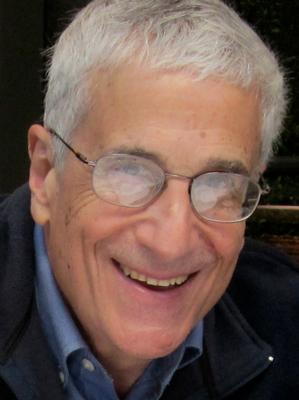
Professor of Physics Emeritus Phil Pearle recently published two papers in Physical Review A, a publication of the American Physical Society.
“Quantum-mechanical inclusion of the source in the Aharonov-Bohm effects” and “Quantized vector potential and alternative views of the magnetic Aharonov-Bohm phase shift” were written with Anthony Rizzi of the Institute for Advanced Physics in Baton Rouge, La.
The Aharonov-Bohm effect, discovered in 1959, is often regarded as a marvelous manifestation of the quantum world, in which classical physics plays no role. In classical physics, an electron can only change its straight-line motion if it feels a force by passing through a magnetic field or through an electric field.
“Classical physics says, if there is no field, then there is no force, and therefore no effect at all on the electron. So, if there is a magnet whose field is contained within itself, so that there is no field outside the magnet, classically there would be no effect on an electron which travels nearby but outside the magnet,” Pearle explained.
“But, while the electron feels no force, there turns out to be an effect, on the electron’s interference pattern (that is, on the probabilities of where the electron will be found when detected), just because the electron orbits around a contained magnetic field.”
These papers discuss alternative explanations for the Aharonov-Bohm effect in which classical physics is indeed involved.
In one case, the effect is due just to the way the electric field surrounding the electron is created by the electron. Pearle said this idea is completely new.
In the other case, the effect is due just to the force that electric field exerts on the particles which make up the magnet. This mechanism had been earlier proposed by Lev Vaidman of Tel Aviv University.
Pearle added, “One might think that, with three mechanisms for altering the interference pattern, the interference effect alteration should be three times larger than what is actually observed. But, it is shown in these papers that regardless of whether one considers that just one of these effects operates, or that any two of these effects operate simultaneously, or that all three effects operate together, the resulting alteration of the interference pattern is the same.”
Posted June 9, 2017
